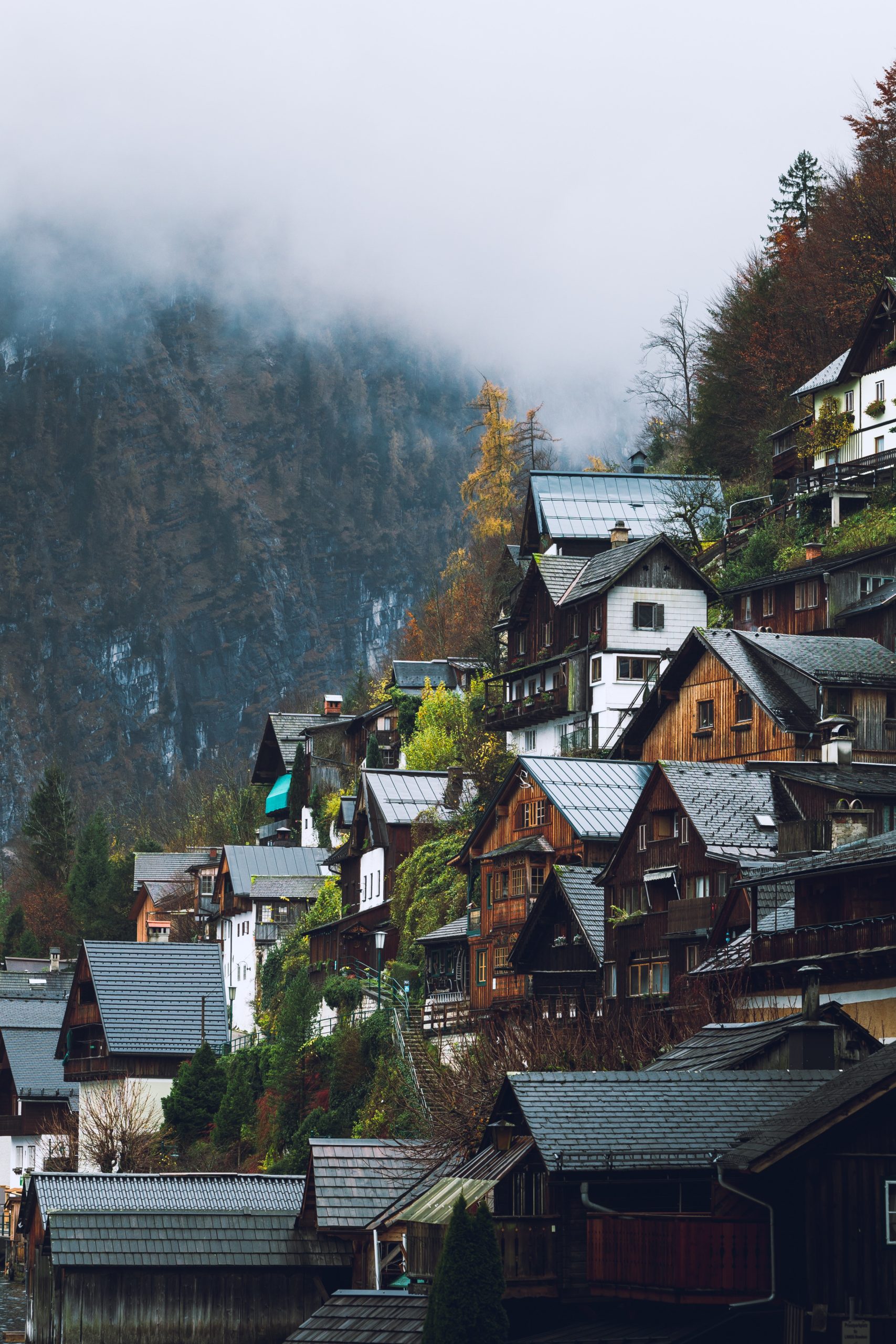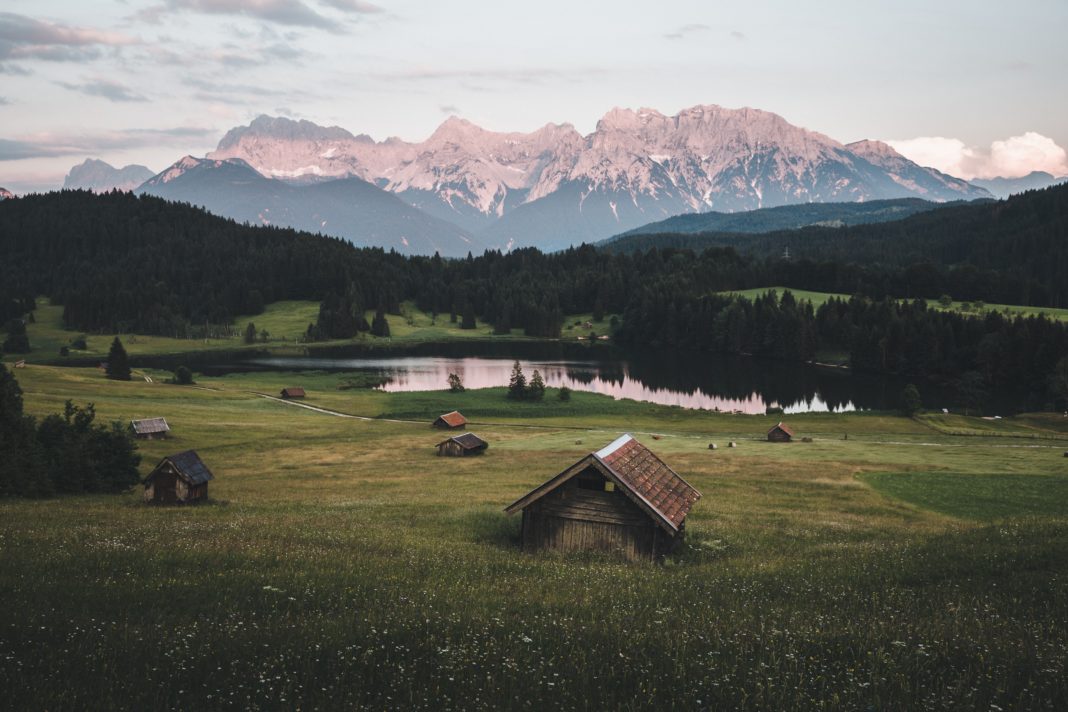What settings should I use for landscape photography?
This is a question that every photographer, no matter their experience level, has asked themselves at some point. There are a few things to keep in mind when setting up your camera for landscape photography that will help you get the most out of your shots.
First, you’ll want to make sure that your camera is in manual mode. This will give you the most control over your settings and allow you to get the exposure just right. Second, you’ll want to pay attention to your shutter speed. A slower shutter speed will allow more light into the camera and create a softer image, while a faster shutter speed will freeze any movement in the scene.
Third, you’ll want to set your aperture as low as possible. This will help to ensure that your entire scene is in focus. And finally, you’ll want to set your ISO as low as possible. A higher ISO will result in a grainier image, so you’ll want to avoid raising it unless absolutely necessary.
By following these tips, you’ll be well on your way to capturing stunning landscape photographs!

How can I make a landscape picture better?
There are a few things that you can do to make your landscape photographs even better. First, try using a tripod. This will help to keep your camera steady and avoid any blurriness in your shots. Second, make use of filters. Filters can help to enhance colours and contrast, and can also be used to protect your lens from the elements.
Third, pay attention to the light. The best time for landscape photography is often early in the morning or late in the evening when the light is softer and more diffuse. And finally, don’t be afraid to experiment! Try different settings and compositions to see what works best for you. By following these tips, you’ll be sure to capture beautiful landscape photographs that you’ll be proud of.
What is a good shutter speed for landscapes?
There is no one “good” shutter speed for landscape photography, as the ideal shutter speed will vary depending on the scene that you’re trying to capture. If you’re photographing a scene with a lot of movements, such as waterfalls or rivers, then you’ll want to use a faster shutter speed in order to freeze the action. Conversely, if you’re shooting a more static scene, such as a mountain range or cityscape, then you can use a slower shutter speed in order to capture more light and create a softer image.
Ultimately, it’s up to you to experiment with different shutter speeds and see what works best for the scene that you’re trying to capture. By doing so, you’ll be sure to create beautiful and unique landscape photographs that you’ll be proud of.
What makes a landscape photo good?
There is no definitive answer to this question since what makes a good photo is subjective. However, there are certain elements that can make a landscape photo stand out and be more visually appealing. Here are some tips on how to take better landscape photos:
– Use leading lines: Leading lines help to draw the viewer’s eye into the photo and give it a sense of depth. Try to find natural lines in the scene such as roads, rivers, paths, or fences that lead into the distance.
– Find an interesting foreground: An interesting foreground can add depth and dimension to a landscape photo. Look for something in the foreground that will catch the viewer’s attention and lead their eye into the rest of the scene. This could be anything from a lone tree to a cluster of rocks.
– Play with perspective: Perspective is an important aspect of landscape photography. Try shooting from different angles and vantage points to add interest to your photos. Get low for a more intimate shot or climb to a higher vantage point for a bird’s eye view.
– Use light to your advantage: The light in a landscape photo can make or break the shot. Early morning and late afternoon light is typically softer and more flattering than midday sun. Experiment with different lighting conditions to see what works best for the scene you’re trying to capture.
– Simplify the scene: A cluttered or busy scene can be distracting and difficult to look at. Try to simplify the composition by focusing on the main subject and excluding any unnecessary elements. This will help to create a more visually appealing and impactful photo.
What AF mode should I use for landscape?
For landscape photography, it is recommended to use manual focus (MF) or single point autofocus (AF). This will ensure that the camera focuses on the subject matter that you have selected and doesn’t get distracted by other objects in the scene.
What F stop should I use for landscape?
This is a question that many new photographers ask, and there is no simple answer. The best F stop to use for landscape photography depends on a number of factors, including the type of scene you’re trying to capture, the equipment you’re using, and your own personal style.
Here are a few tips to help you choose the best F stop for landscape photography:
– When shooting landscapes, it’s often best to use a small aperture (large F stop number) in order to get a large depth of field. This will ensure that your entire scene is in focus, from the foreground to the background.
– If you’re using a DSLR camera, try using an F stop of 8 or 11 for landscape photography. For point-and-shoot cameras, a good rule of thumb is to use the highest F stop number possible.
– Remember that you can always adjust your F stop after taking the photo. If you’re not happy with the depth of field in your initial photo, you can always change it later using editing software.
Overall, there is no single “best” F stop to use for landscape photography. The best advice is to experiment with different settings and find what works best for you and your particular scene.
What is the best ISO for landscape photography?
Again, there is no definitive answer to this question. The best ISO for landscape photography depends on a number of factors, such as the type of scene you’re trying to capture and the amount of light available.
Here are a few tips to help you choose the best ISO for landscape photography:
– If you’re shooting in low light conditions, it’s often best to use a higher ISO setting. This will help prevent your photos from turning out blurry or grainy.
– Conversely, if you’re shooting in bright conditions, you’ll want to use a lower ISO setting. A higher ISO setting in bright conditions can result in photos that are too bright and overexposed.
– Keep in mind that you can always adjust your ISO after taking the photo. If you’re not happy with the initial exposure, you can always change it later using editing software.
Overall, there is no single “best” ISO to use for landscape photography. The best advice is to experiment with different settings and find what works best for you and your particular scene.
What is the best focal length for landscape photography?
There is no definitive answer to this question, as the best focal length for landscape photography depends on a number of factors, such as the type of scene you’re trying to capture and your personal shooting style.
Here are a few tips to help you choose the best focal length for landscape photography:
– If you want to capture a wide, sweeping landscape, it’s often best to use a wide-angle lens with a short focal length. This will allow you to fit more of the scene into your frame.
– If you’re trying to capture a specific detail in the landscape, such as a mountain peak or waterfall, you’ll want to use a longer focal length. This will allow you to zoom in on your subject and exclude any extraneous background details.
– Remember that you can always change your focal length after taking the photo. If you’re not happy with the initial framing, you can always crop or zoom in later using editing software.
Overall, there is no single “best” focal length to use for landscape photography. The best advice is to experiment with different settings and find what works best for you and your particular scene.
Do you need autofocus for landscape?
No, you don’t need autofocus for landscape photography. In fact, many professional photographers prefer to use manual focus when shooting landscapes. This allows them to have more control over the depth of field and ensure that their photos are perfectly sharp.
If you’re new to landscape photography, you may want to start out by using autofocus. Once you get a feel for the type of photos you want to take, you can experiment with manual focus and see if it gives you better results.
If you want to read our other similar content, you can click on this link. If you want to read the content of another site similar to this one, you can click this link.
